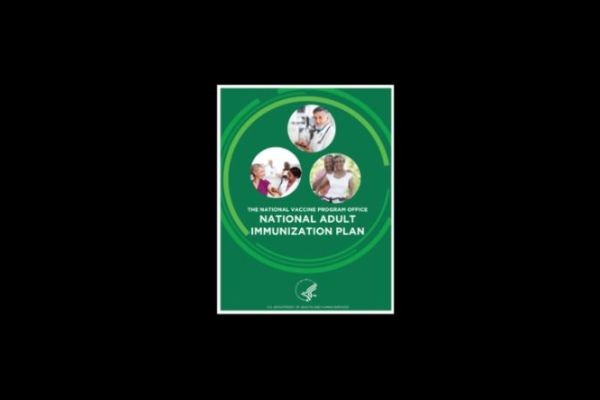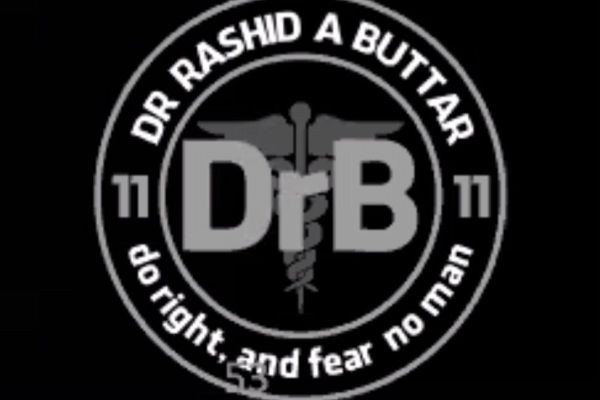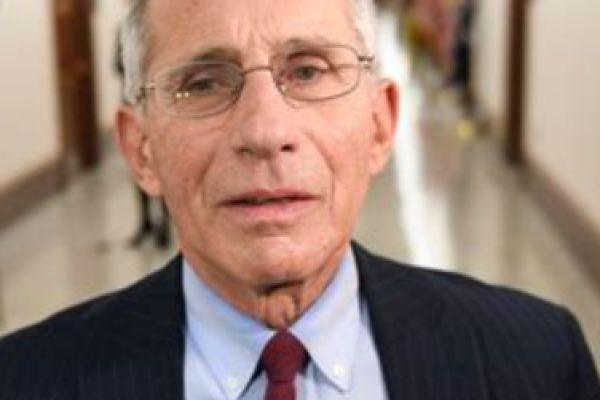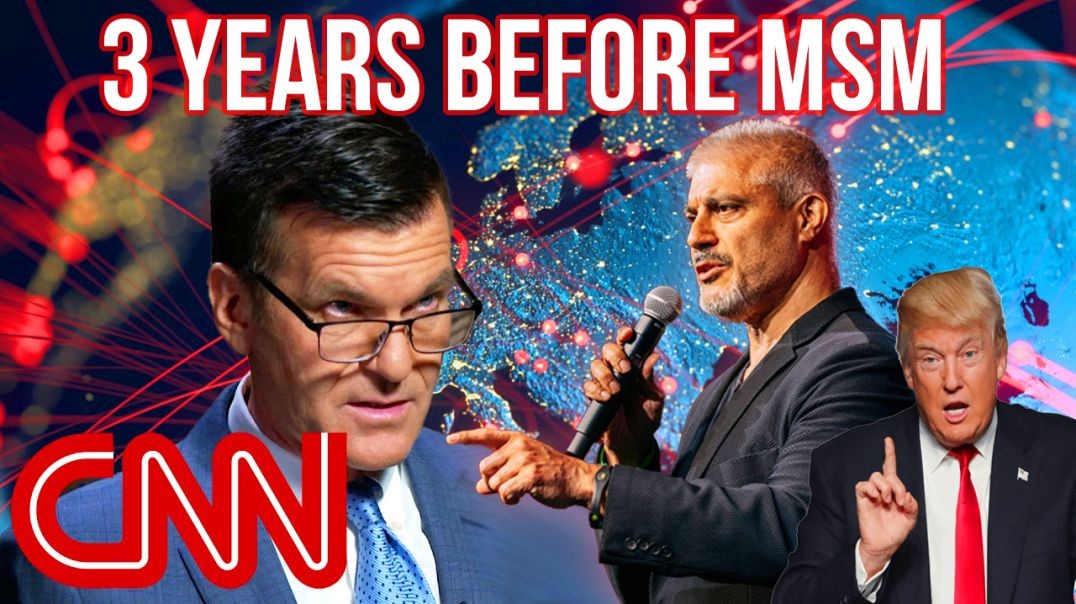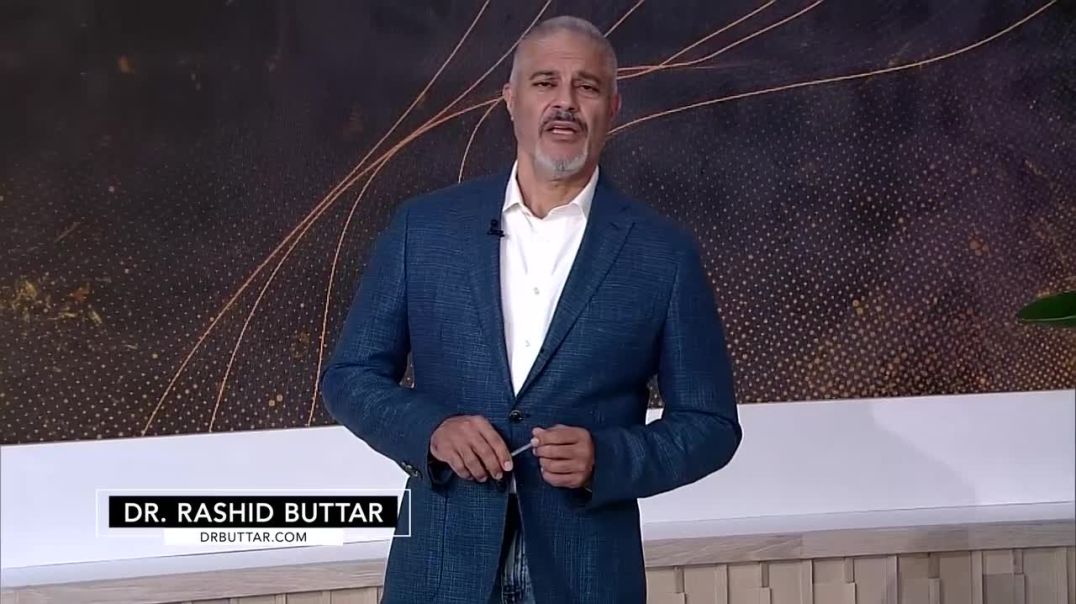May 2, 2024 - Health Freedom Institute
|
|
WHY DO WE HAVE AN ADULT IMMUNIZATION SCHEDULE?
Did you know that the CDC has an adult vaccination schedule?1 It’s been around for 22 years, growing and changing.2 Promotion of routine adult immunization started around 1990 but wasn’t formalized into a schedule until 2002.
The federal government has embraced vaccination as “a lifespan approach, covering vaccination from before birth into old age,”3 basically, from womb to tomb. This is laid out in its National Vaccination Plans, which were mandated by U.S. Congress in 1987.
The Adult Immunization Schedule has been a bit of a sleeper, but in recent years, when listening to the CDC’s Advisory Council on Immunization Practices (ACIP) meetings, we hear about it more and more. What changed? Let’s start at the beginning.
WHAT IS THE ADULT SCHEDULE?
In 1991, the CDC acknowledged in its weekly public health report that vaccination in adults wasn’t typical.4

The very first time the CDC pulled all their immunization recommendations into one place was in their weekly publication “Morbidity and Mortality Weekly Report” (MMWR) in 1969.5 Those recommendations laid the foundation for what we now recognize as the “schedule.” This first publication included dosage recommendations for adults, but those dosages generally were for shots missed in childhood or special circumstances like travel. It was not until many years later that the idea of an adult schedule was independently promoted. Other than influenza, the shots were targeted toward common childhood illnesses, and there wasn’t much to promote for adults.
The face of public health, and thus immunization, changed in 1979 when the federal Department of Health, Education, and Welfare (the predecessor to Health and Human Services) released a report titled “Healthy People: The Surgeon General’s Report on Health Promotion and Disease Prevention.”6 That publication marked the beginning of a new era of emphasis on population health. It was unique in its structured, data-driven approach to setting and surveilling health policy goals for our nation.7 This approach gave it longevity and flexibility and created the foundation for a new, decades-long infrastructure of setting health policy goals through identification of specific objectives with measurable targets, starting with “Healthy People 1990,” (launched in 1980) that continues to the latest “Healthy People 2030.”
The 1980s were tumultuous for vaccine policy. The expose “Vaccine Roulette” aired in 1982, helping parents across the country (and the globe) connect the dots on symptoms their children suddenly acquired after routine vaccination with DPT. The awareness congealed into a movement of parents who ignited a fire under U.S. Congress about the injustice of following the federally recommended childhood schedule only to find it was not safe for their babies. This outcry culminated in the National Childhood Vaccine Injury Act, known by many as the “1986 Act,” which removed liability from manufacturers. (You can do a deep dive on DPT in our article, “Shining a light on Pertussis & DPT: the vaccine that shut the courthouse doors.”)
While the 1986 Act was being debated, 1985 saw two measles outbreaks on college campuses.8 With vaccines in mind, a joint resolution was adopted by Congress that was signed by Ronald Reagan into law, acknowledging the last week in October as “National Adult Immunization Awareness Week.”9 The intent behind the resolution was to prevent deaths from influenza and pneumonia in older adults, but the college measles outbreaks were mentioned as justification for needing to raise awareness of vaccination among adults.10 Baked into federal adult immunization policy was the intent that the awareness week was “only the beginning.”

A National Coalition for Adult Immunization (NCAI) was formed shortly after, in 1988, to align “public and private resources to achieve Healthy People national goals.”

The 1979 report that inspired “Healthy People” only mentioned adult immunization in passing.

And the follow up report in 1980, “Promoting Health, Preventing Disease,” which came to be known as “Healthy People 1990,” provided 226 health policy goals with targets to be reached by 1990, but did not dive into adult vaccination.11

Regardless, the CDC fell in line with NCAI and started calling on doctors to include adult immunization as “a routine part of their practice.” In the 1991 publication where the CDC changed its tune on adult immunization, they reasoned that we couldn’t eliminate all illnesses because some adults were still “at risk” of getting sick from diseases on the childhood schedule if they were never vaccinated or weren’t sick in childhood. That said, there weren’t many action items because there weren’t many vaccines licensed to be marketed to adults.
